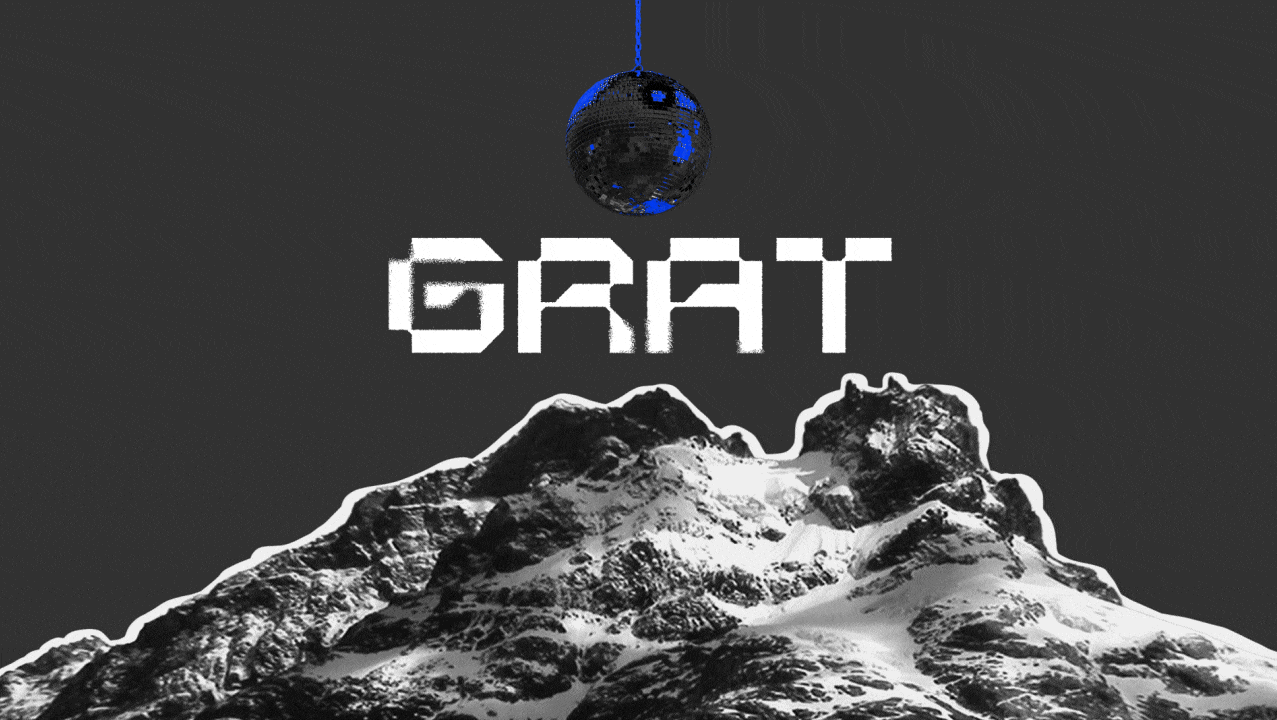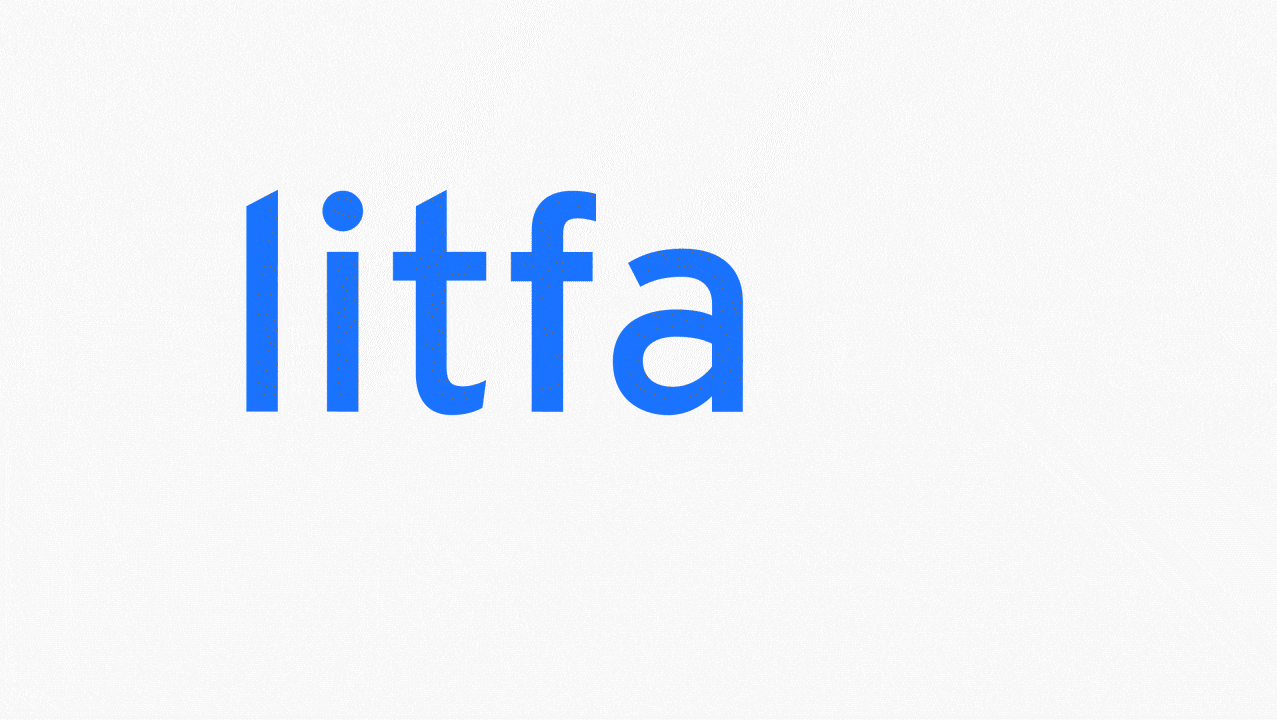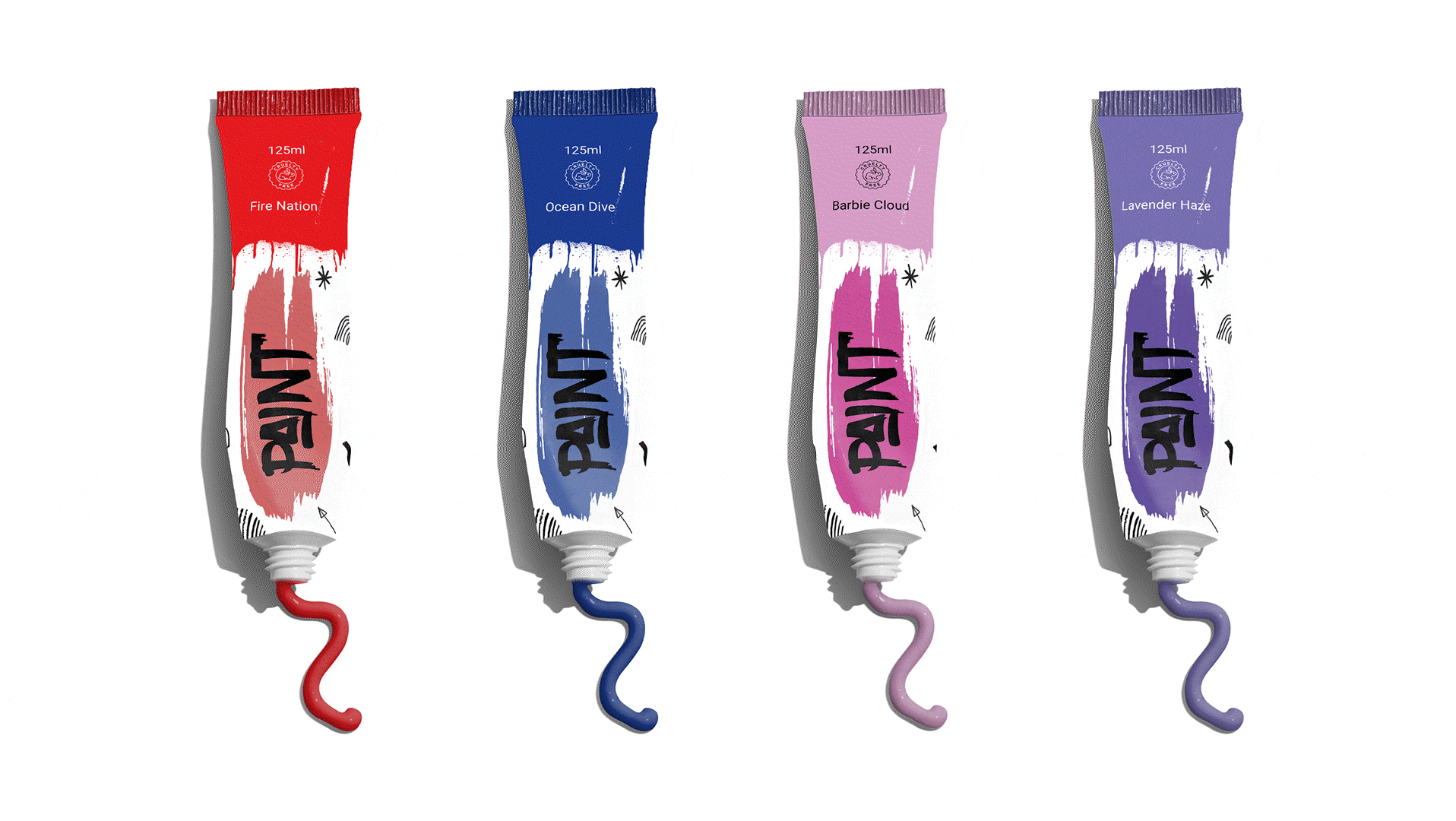Creativity Brainrot is the result of my bachelor´s degree.
But what is “Creativity Brainrot”? It is a magazine with a multimedia aspect, that shows how creative processes are determined by hours of doomscrolling. It tells you a story of how creativity can be the key to freedom and clarity or to overwhelming nothingness.
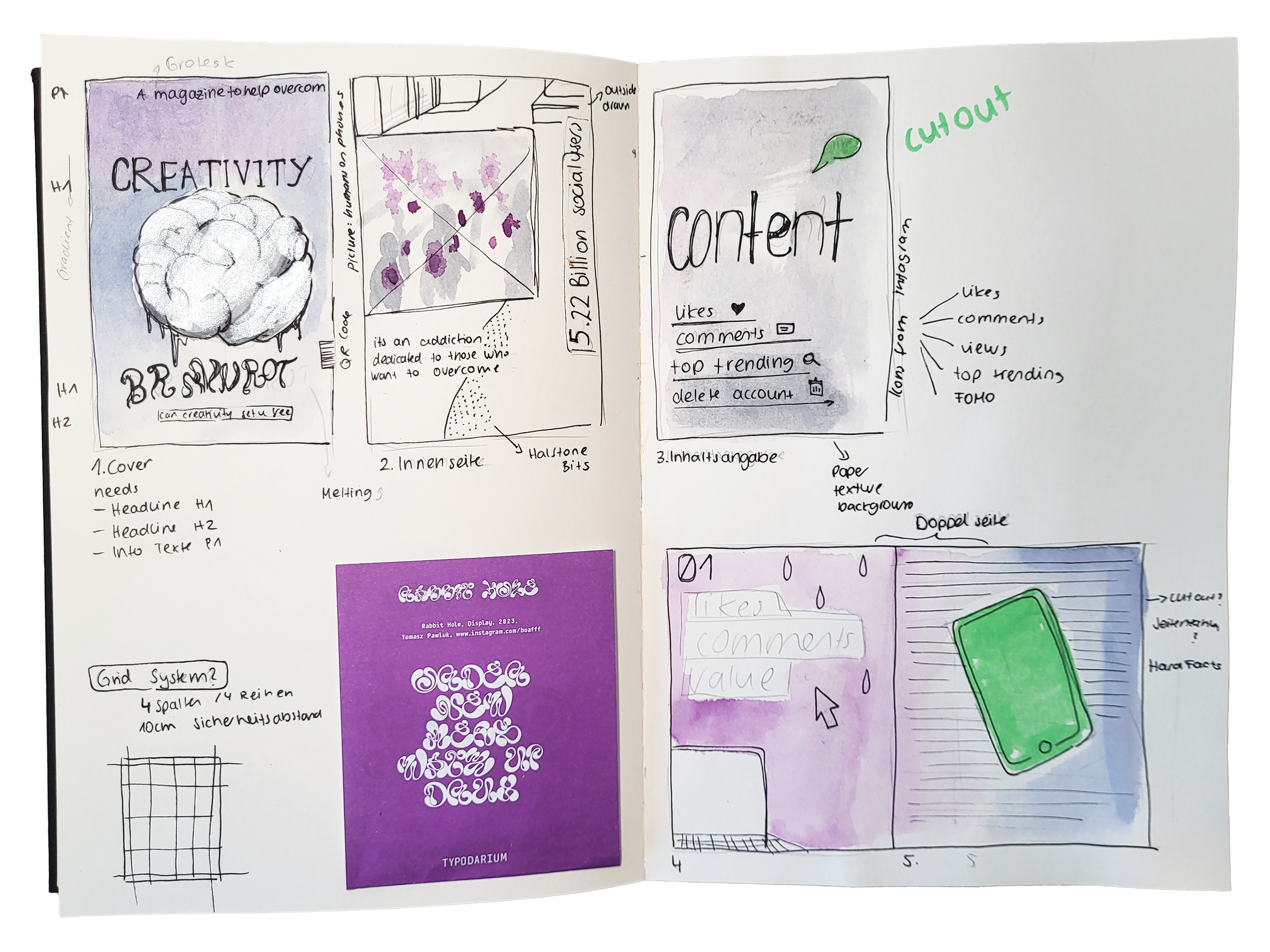
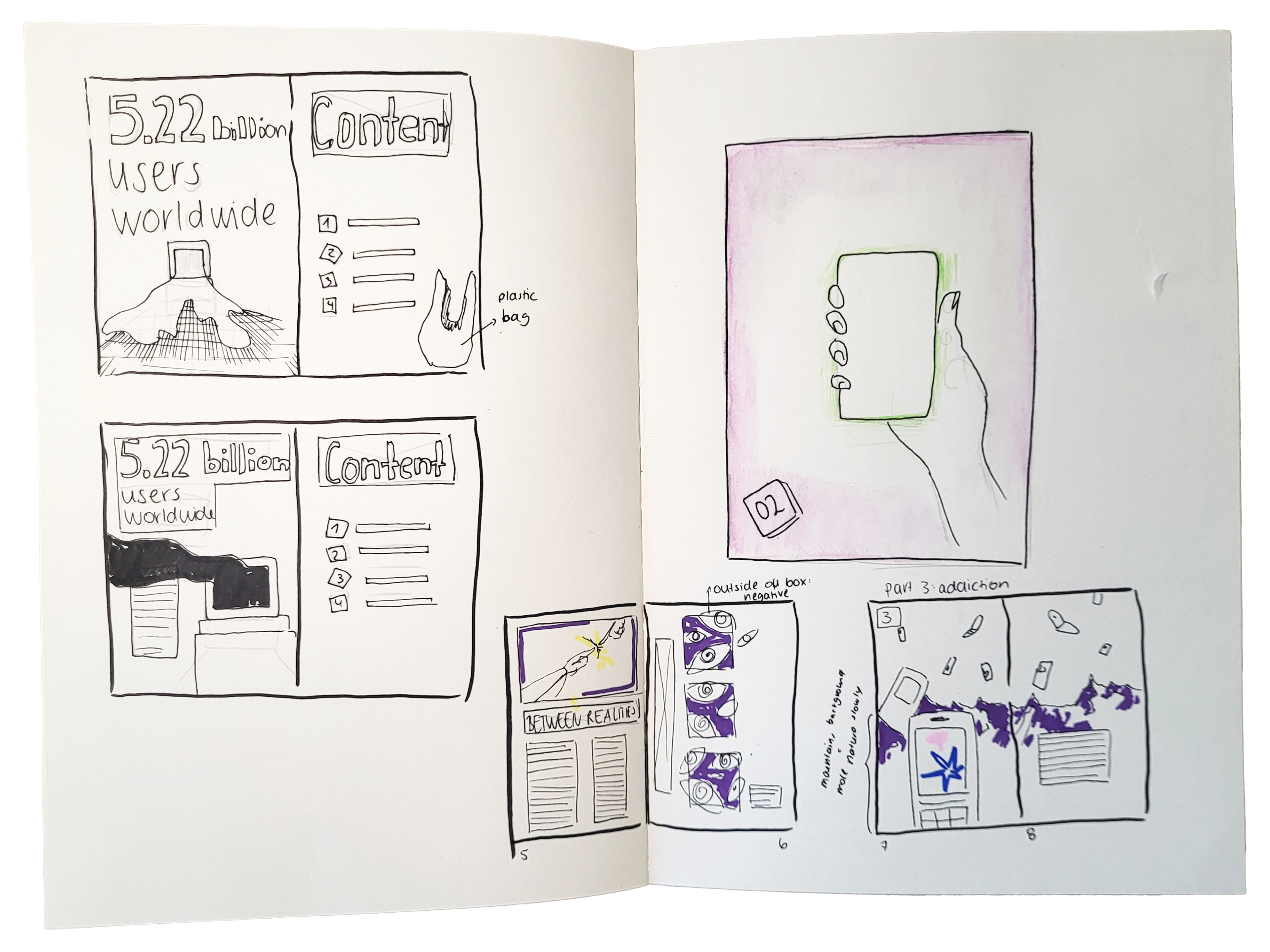

The process was accompanied with many sketches and even more planning. There were four essential steps: the paintings, the 3D model of the brain, the mold font and the actual design process.



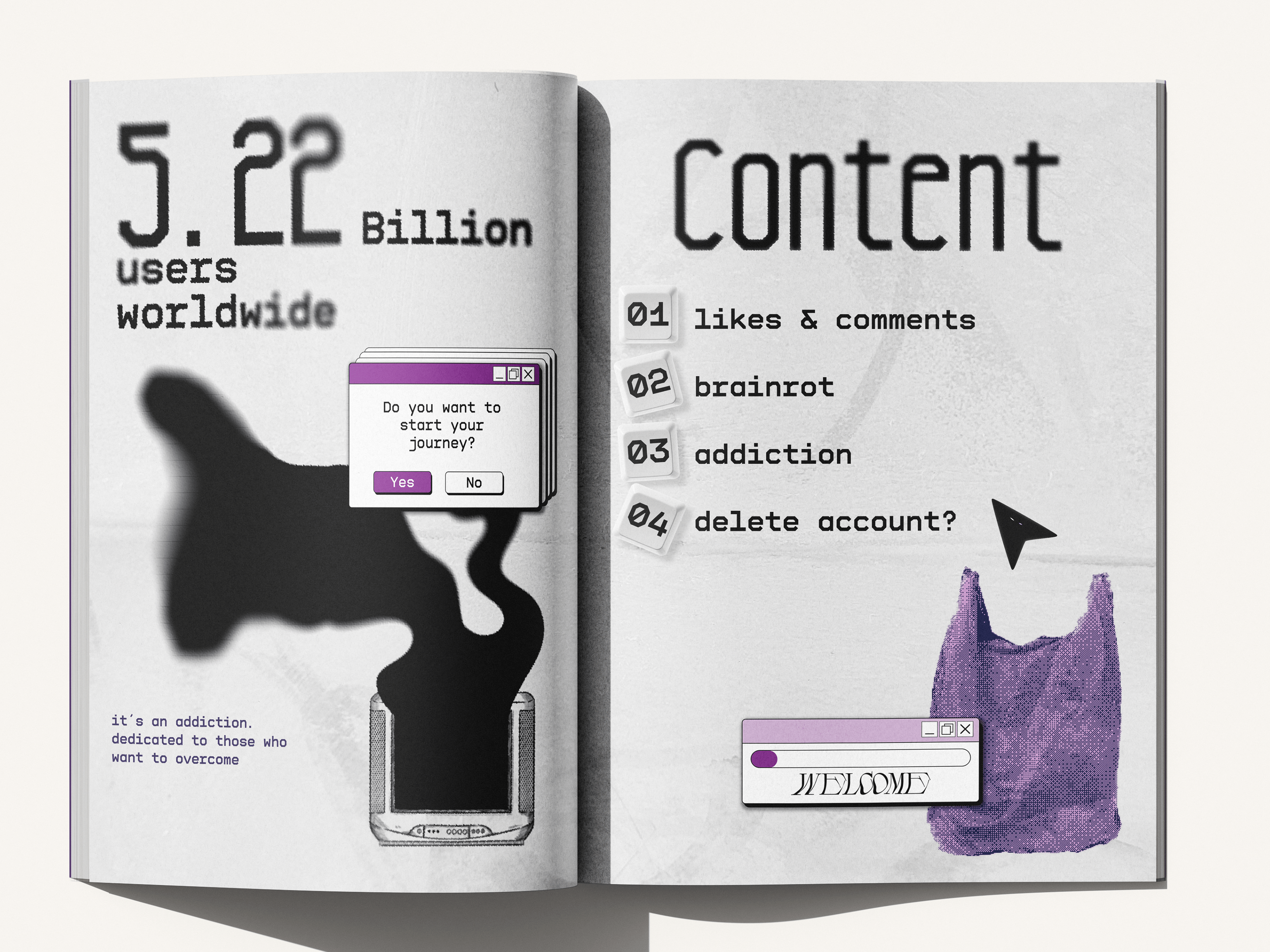
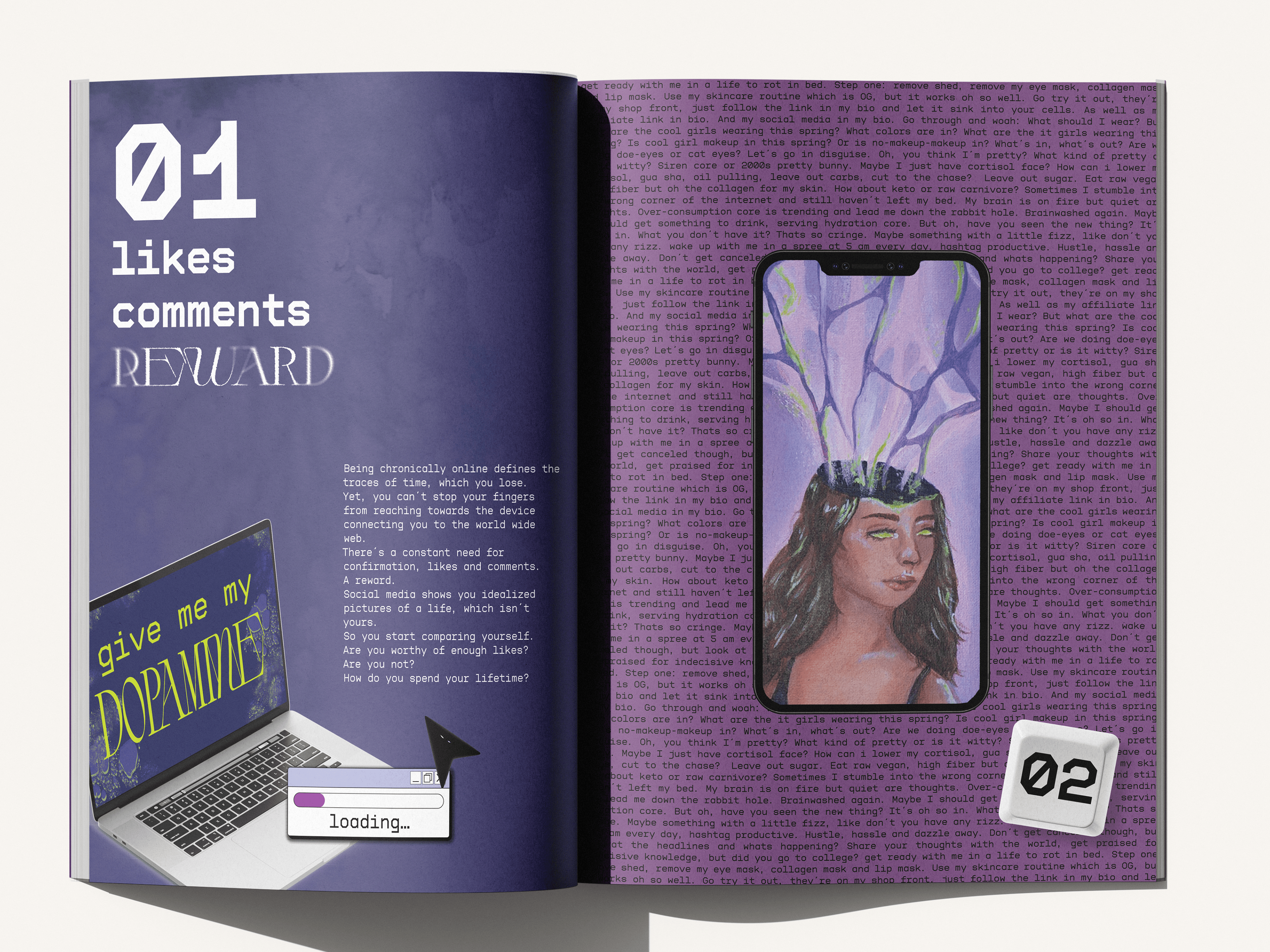
It is a magazine with a multimedia aspect. Each side holds a secret to unfold, the further you go, the more you will learn. About society and (hopefully) yourself. It tells a story about creativity and how its affected by social media. If you want to know more about the design process you can go to my Youtube channel.
In case, you already the magazine here is the list of literature, which I mentioned:
Benavides, T. B. T., Castro, A. T. A., Marichalar, S. A. G., Cisneros, M. P. & Suárez, E. C. B. (2023). Social
media addiction in Generation Z consumers: Implications for Business and Marketing. Cham
Springer International Publishing. https://research.ebsco.com/linkprocessor/plink?id=98925635-
08fd-310e-be05-5a7b974e953b
media addiction in Generation Z consumers: Implications for Business and Marketing. Cham
Springer International Publishing. https://research.ebsco.com/linkprocessor/plink?id=98925635-
08fd-310e-be05-5a7b974e953b
Elhai, J. D., Yang, H. & Montag, C. (2021). Fear of missing out (FOMO): overview, theoretical
underpinnings, and literature review on relations with severity of negative affectivity and
problematic technology use. Brazilian Journal Of Psychiatry, 43(2), 203–209. https://doi.
org/10.1590/1516-4446-2020-0870
underpinnings, and literature review on relations with severity of negative affectivity and
problematic technology use. Brazilian Journal Of Psychiatry, 43(2), 203–209. https://doi.
org/10.1590/1516-4446-2020-0870
Gaut, B. (2010). The Philosophy of Creativity. Philosophy Compass, 5(12), 1034–1046. https://doi.
org/10.1111/j.1747-9991.2010.00351.x
org/10.1111/j.1747-9991.2010.00351.x
Poleac, G. & Gherguț-Babii, A. (2024). How social media algorithms influence the way users decide
– Perspectives of social media users and practitioners. Technium Social Sciences Journal, 57, 69–81.
https://doi.org/10.47577/tssj.v57i1.10955
– Perspectives of social media users and practitioners. Technium Social Sciences Journal, 57, 69–81.
https://doi.org/10.47577/tssj.v57i1.10955
Wolkoff Wachsman, M. (2025, 18. März). Using a Dopamine Menu to Stimulate Your ADHD Brain.
ADDitude. https://www.additudemag.com/dopamenu-dopamine-menu-adhd-brain/
ADDitude. https://www.additudemag.com/dopamenu-dopamine-menu-adhd-brain/
Yoosefi, A., Shakiba, S., Hassanabadi, H., Dolatshahi, B., Griffiths, M. D., Izanloo, B. & Maleki, F. (2024).
Psychological Distress, Interpersonal Sensitivity, and Trait-FoMO with Problematic Use of Social
Media: The Mediating Roles of Boredom and State-FoMO. International Journal Of Mental Health
And Addiction. https://doi.org/10.1007/s11469-024-01418-6
Psychological Distress, Interpersonal Sensitivity, and Trait-FoMO with Problematic Use of Social
Media: The Mediating Roles of Boredom and State-FoMO. International Journal Of Mental Health
And Addiction. https://doi.org/10.1007/s11469-024-01418-6

